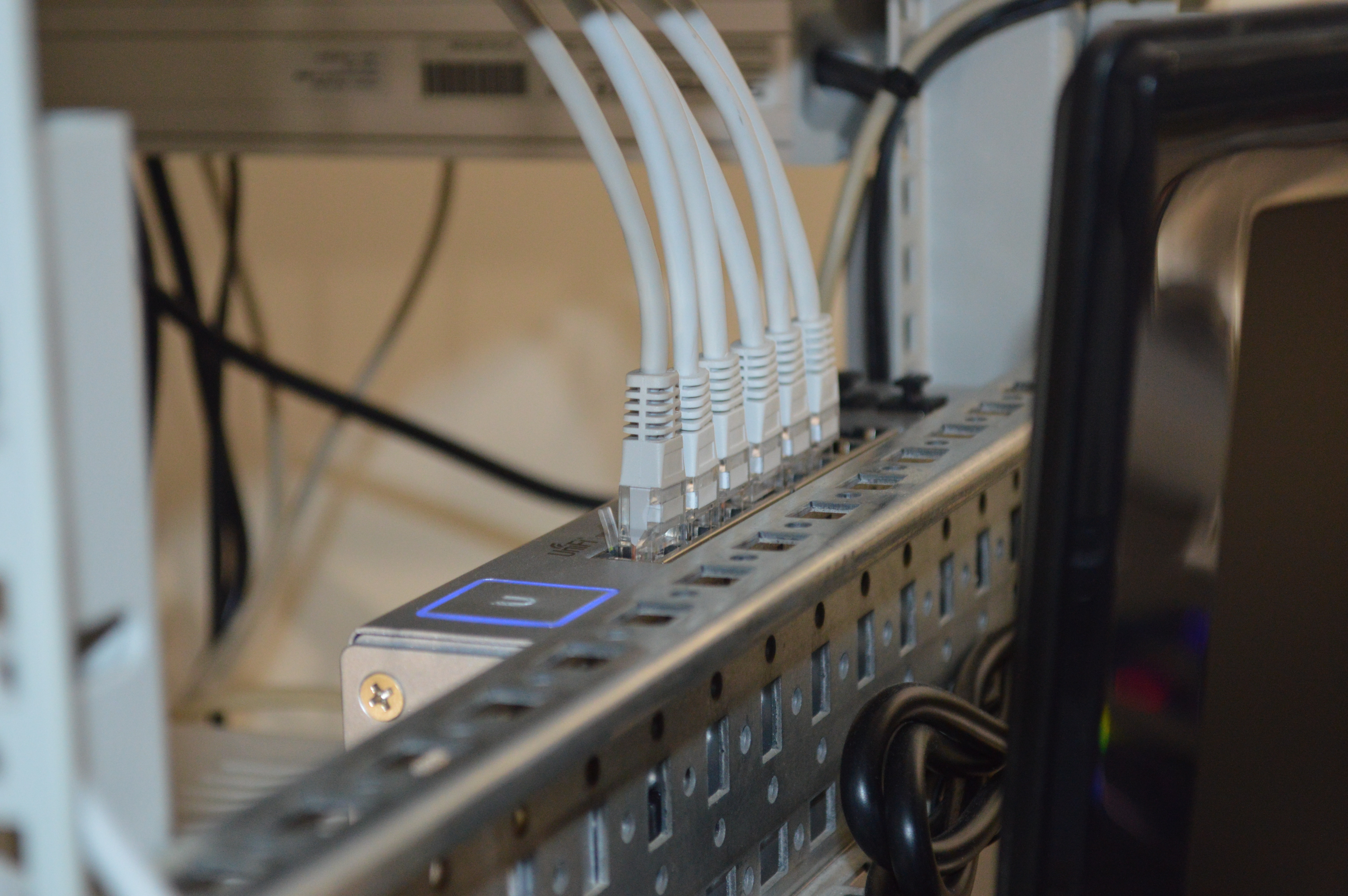In today’s interconnected world, IP addresses play a crucial role in facilitating communication between devices on the internet. Whether you’re troubleshooting network issues or setting up a home network, knowing your IP address is essential. In this article, we will delve into what an IP address is, its significance, and guide you on how to find your IP address in Windows, Mac, and Linux.
- What is an IP address?
- An IP address, or Internet Protocol address, is a unique numerical label assigned to each device connected to a computer network. It serves two primary functions: identifying the host or network interface and providing the location of the device in the network.
- Finding your IP address in Windows:
- Using the Command Prompt: Step-by-step instructions on how to open the Command Prompt and use the “ipconfig” command to find your IP address.
- Using the Network and Sharing Center: Explaining how to navigate to the Network and Sharing Center in Windows and locate your IP address from the network connection details.
- Using the Settings app: A guide to accessing the Settings app in Windows and finding your IP address under the network settings.
- Finding your IP address in Mac:
- Using the System Preferences: Detailed steps on how to access the System Preferences in Mac and locate your IP address under the network settings.
- Using the Network Utility: Explaining how to open the Network Utility tool in Mac and find your IP address under the Info tab.
- Using the Terminal: A guide on how to open the Terminal and use the “ifconfig” command to retrieve your IP address.
- Finding your IP address in Linux:
- Using the Terminal: Step-by-step instructions on how to open the Terminal in Linux and use the “ifconfig” command to find your IP address.
- Using the ifconfig command: Explaining the usage of the “ifconfig” command in Linux to retrieve your IP address.
- Using the ip command: Guide on using the “ip” command in Linux to find your IP address.
- Common troubleshooting tips:
- Renewing your IP address: Tips on renewing your IP address to resolve network issues.
- Checking network configurations: Guidance on verifying network configurations to ensure proper IP address assignment.
- Resolving common connectivity issues: Advice on troubleshooting common connectivity problems related to IP addresses.
- Understanding dynamic and static IP addresses:
- Differences between dynamic and static IPs: Explaining the variance between dynamic and static IP addresses.
- dynamic IP addresses, static IP addresses, IP address allocation, network configuration, internet connectivity, DHCP (Dynamic Host Configuration Protocol), manual IP assignment, advantages of dynamic IPs, advantages of static IPs, flexibility, security, network management, ease of configuration, scalability, consistency, targeted services, remote access.
- Pros and cons of each type: Outlining the advantages and disadvantages of dynamic and static IP addresses.
- Dynamic IP addresses have the advantages of flexibility, easy configuration, and scalability. They allow for automatic allocation, making network setup convenient and accommodating changes in device connections. However, the inconsistency of addressing and limited control over specific IP addresses can pose challenges for maintaining connections and targeted services. Additionally, the dynamic nature can offer some level of anonymity but may make tracking unauthorized activity difficult.
- Static IP addresses provide consistency, targeted services, and simplified network management. They ensure stable connections, making them suitable for hosting servers and specific applications. Static IPs also enable precise targeting of services and offer better control for network administrators. However, they require manual configuration on each device, lack flexibility for changing environments, and may pose security risks due to their predictability.
- Choosing between dynamic and static IP addresses depends on factors such as the need for flexibility, stability, control, scalability, and security. Organizations should carefully consider their requirements before deciding on the most appropriate IP address allocation method.
- Differences between dynamic and static IPs: Explaining the variance between dynamic and static IP addresses.

Summary:
In conclusion, understanding IP addresses and knowing how to find them in Windows, Mac, and Linux is crucial for various networking tasks and troubleshooting. By following the methods outlined in this article, you can quickly retrieve your IP address and resolve connectivity issues with confidence. Remember to renew your IP address when needed and consider the benefits and drawbacks of dynamic and static IP addresses based on your specific requirements. Embracing a solid understanding of IP addresses will empower you to navigate the digital landscape with ease.









